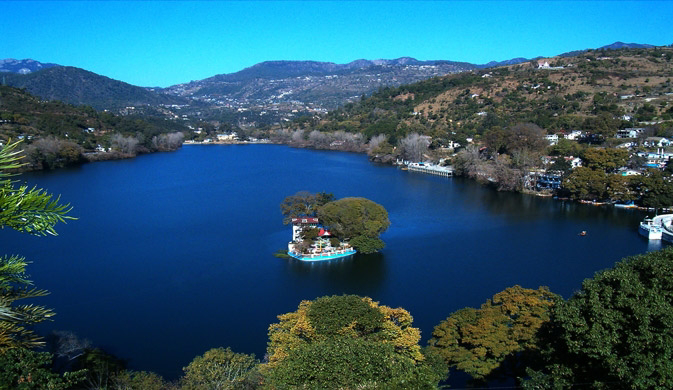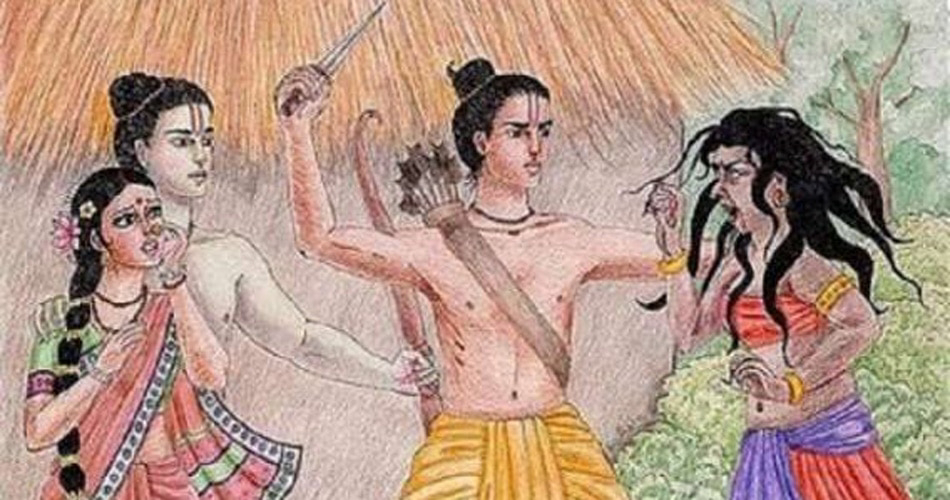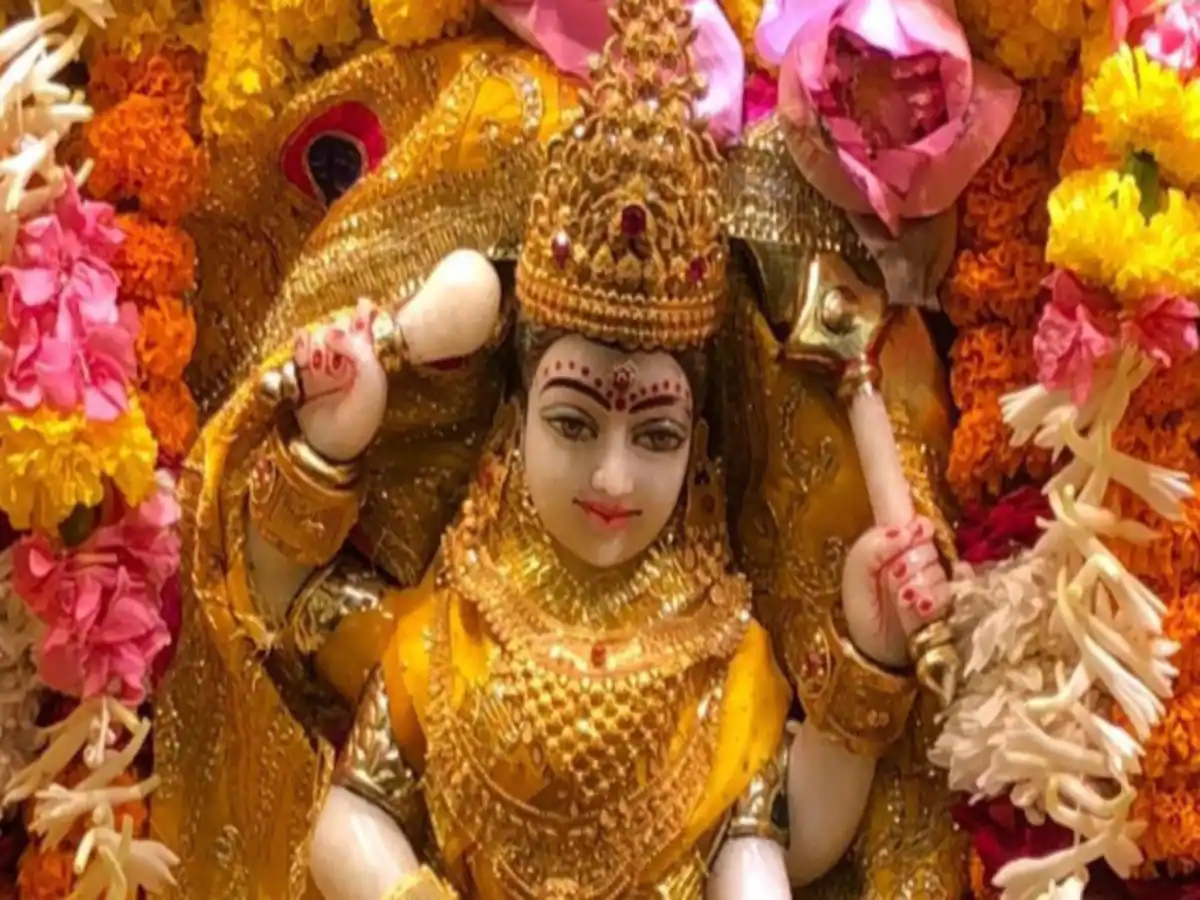Ananta Basudev Barata Katha.

Ananta Basudev Brata Story . Ananta Basudev Brata is a religious observance and fasting ritual celebrated by some Hindu communities, particularly in the Indian state of Odisha. The story associated with Ananta Basudev Brata revolves around Lord Vishnu and his devotee, Dharmapala. According to the legend, Dharmapala was a devout worshiper of Lord Vishnu. He and his wife were childless for many years, despite their fervent prayers. One day, while plowing his fields, Dharmapala found a small deity of Lord Vishnu buried in the ground. He and his wife decided to take the deity home and worship it with devotion. Impressed by their dedication, Lord Vishnu appeared in their dreams and blessed them with a child. Overjoyed by this divine gift, they continued to worship Lord Vishnu, and in return, he promised to fulfill all their wishes. Ananta Basudev Brata is observed in the Bhadrab month (usually August or September) on the 14th day of the bright fortnight (Shukla Paksha Chaturdashi). Devotees...


















